Coffee Flavor Description How to feel and express the sourness, sweetness, bitterness and taste of coffee
When you come to the Qianjie Cafe, when the barista makes the coffee, he will guide the guests to taste this cup of coffee. Many fans in front street will often hear our baristas say, "first, let's smell the aroma, and then let's taste this cup of coffee. Do you feel sour, the taste is not smooth? will you feel bitter" and so on. So how can the senses led by the barista, as an amateur, express what he drinks? This time Qianjie will talk about the description of the flavor of coffee.
First smell the aroma of coffee.
Aroma refers to the experience we get by relying on our sense of smell, which is divided into dry aroma and wet fragrance, which is the volatile aroma of coffee beans just after grinding, and the wet fragrance is the gasification aroma produced by hot water. In many cases, the experience of dry fragrance is completely different from that of wet fragrance. It is possible that we smell the aroma of almonds when we dry fragrance. After adding hot water, the aroma of dark chocolate is produced. Hot water can better release the aromatic substances in coffee beans, giving everyone different levels of experience. Baristas on the front street usually smell clear and bright aromas such as citrus, flowers and berries when they smell light-roasted coffee beans, while deep-roasted coffee beans usually smell nuts, cocoa and other strong aromas.
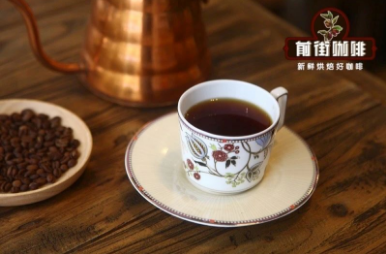
Then let's taste this cup of coffee.
At this time, baristas on the front street usually ask guests to suck (just as we drink hot soup, sucking to atomize the coffee liquid into the mouth as much as possible, while avoiding direct scalding of the hot coffee liquid). Generally speaking, the tip of the tongue is the most sensitive to sweetness, the root of the tongue is the most sensitive to bitterness, the first half on both sides of the tongue is the most sensitive to fresh taste, and the middle and back parts on both sides of the tongue are the most sensitive to sour taste (not that these parts are insensitive to the other three tastes, but only the most prominent point). Depending on coffee beans, in many cases we can first feel the sour and bitter taste of coffee, such as oranges, berries, herbs, spices and so on, and then feel sweet. Sweetness is the feeling of sour and bitter substances led by the decomposition of saliva, such as honey, brown sugar, brown sugar, sweet fruit and so on.
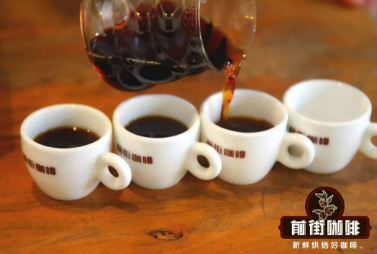
Next we feel the taste of the coffee liquid.
Feel the tasteless and tasteless taste, that is, the thickness and astringency of coffee.
Body is what we often call sticky, thick or smooth, as long as there is an insoluble coffee oil and fiber to create the taste. The more the content, the more mellow and smooth the taste, the less the content, the cleaner the taste.
Astringency is actually a kind of pain, it is not a taste. The performance of astringency is not smooth.
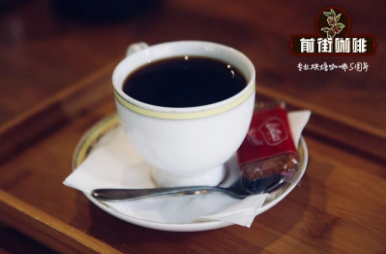
Finally, just express the flavor and taste you feel.
It should be noted that everyone's senses are different, so there is no need to worry too much about whether they really drink the flavor information provided by the coffee beans. After all, the flavor information only provides the general flavor of the beans. At the same time, this is only the sense of the barista. It is possible that the barista drinks the acidity of lemon and the acidity of grapefruit.
Brew the coffee from Colombia on the front street to see how the baristas describe the coffee beans.
Producing area: Estogadin Farm of Cymbidium, Colombia
Altitude: 1800m
Treatment: anaerobic solarization
Variety: Kaddura
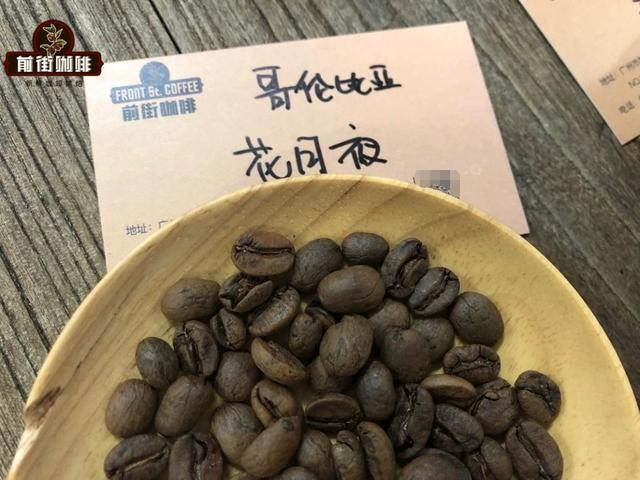
Qianjie cooking parameters
Water temperature: 90ml, 91 degrees.
Degree of grinding: BG#6m (size of fine sugar)
Ratio of powder to water: 1:15
Qianjie cooking technique: the first section is filled with 30 grams of water for 30 seconds, followed by 95 grams (the electronic scale shows that about 125 grams), and the injection is completed in about 1 minute. When the water level drops to 2 grams in the powder layer, the remaining 100 grams are injected at 3 places (about 225 grams shown by the electronic scale), about 1 minute and 40 seconds. 1: 55 "~ 2: 00" titration is completed, remove the filter cup, and complete the extraction.
Brewing flavor: after the coffee beans are ground, we can smell the obvious aroma of strawberry jam, after brewing, we can smell the sweetness of strawberry jam, and we can feel the fullness of strawberry juice and the sour and sweet of berries. After a few seconds, you can feel the chocolate-like aftertaste, smooth and clean taste.
Important Notice :
前街咖啡 FrontStreet Coffee has moved to new addredd:
FrontStreet Coffee Address: 315,Donghua East Road,GuangZhou
Tel:020 38364473
- Prev
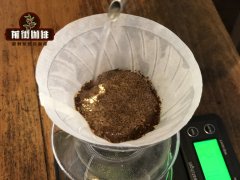
Principle of hand-brewing coffee freshness of coffee beans grindness brewing water temperature extraction time hand flushing
People who are just beginning to know hand-brewed coffee are often frightened by a dazzling array of utensils and precautions, and they don't know where to start with kettles and filter cups. In fact, no matter what brewing equipment is used, the extraction of coffee revolves around wetting, dissolving and releasing. This time in front of the street, let's talk about the principle of hand-brewing coffee. To brew coffee is to extract the molecules from coffee cells.
- Next
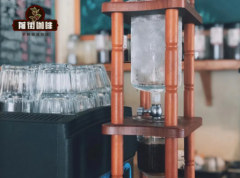
The proportion of ice drop coffee why should it be fermented for one night before drinking after the ice drop coffee is extracted?
Ice drop coffee has always been very popular, hot summer into the store, many people will choose a cup of ice drop coffee. Drink ice drops, cold coffee, mouth clean and smooth feeling is really very satisfying. So how does Qianjie make iced coffee? Do you have any skills? What kind of coffee beans are used to make it? This time, Qianjie will come to sort out some knowledge of ice-dripping coffee.
Related
- Beginners will see the "Coffee pull flower" guide!
- What is the difference between ice blog purified milk and ordinary milk coffee?
- Why is the Philippines the largest producer of crops in Liberia?
- For coffee extraction, should the fine powder be retained?
- How does extracted espresso fill pressed powder? How much strength does it take to press the powder?
- How to make jasmine cold extract coffee? Is the jasmine + latte good?
- Will this little toy really make the coffee taste better? How does Lily Drip affect coffee extraction?
- Will the action of slapping the filter cup also affect coffee extraction?
- What's the difference between powder-to-water ratio and powder-to-liquid ratio?
- What is the Ethiopian local species? What does it have to do with Heirloom native species?

